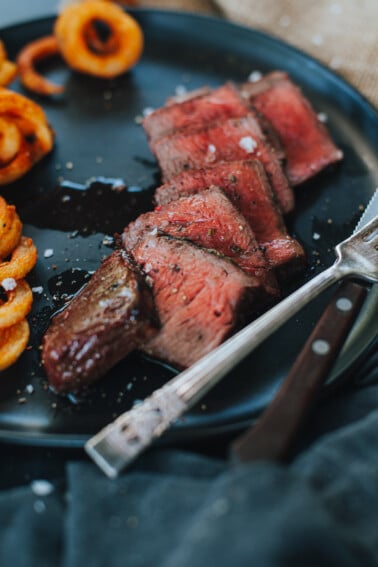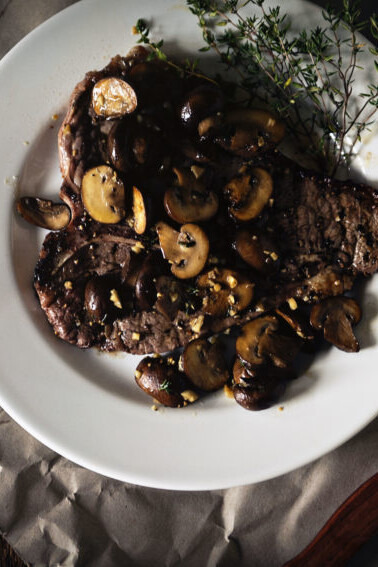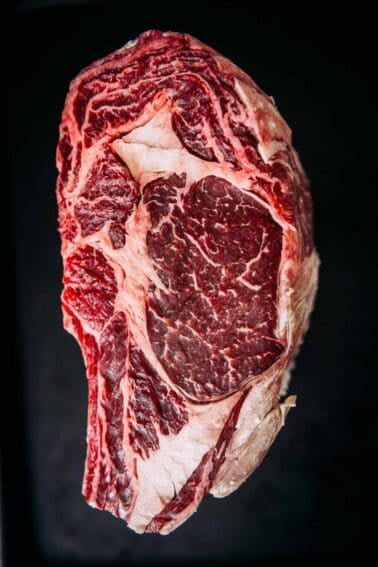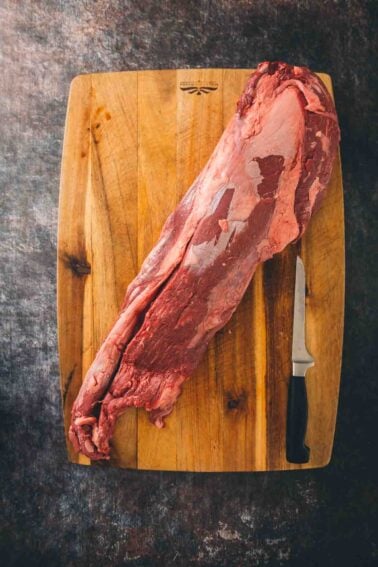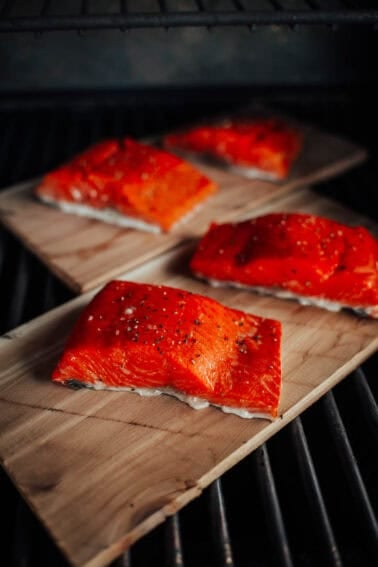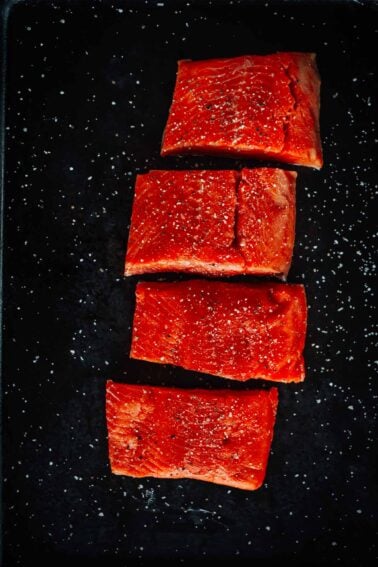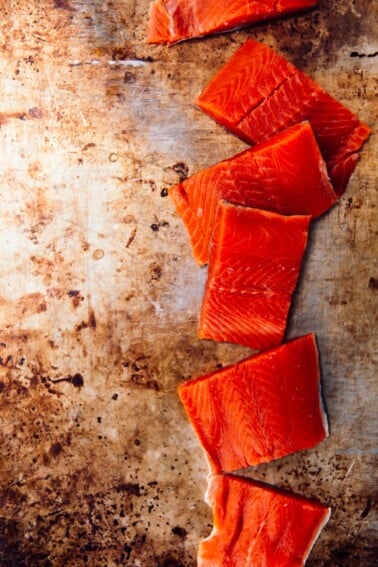When shopping for beef, it can be a challenge to know why the same cut of beef may be more expensive. A lot of it comes down to the grade of meat, which is labeled Prime, Choice, or Select. These are the USDA meat grades, and just knowing the difference can help you understand what you’re paying for.
Understanding designations like USDA Prime, Choice, and Select helps you get the quality of beef you pay for. This how-to guide breaks down the key differences in marbling, tenderness, juiciness, and recommended uses for each grade of beef from the highest Prime grade to the leaner Select.
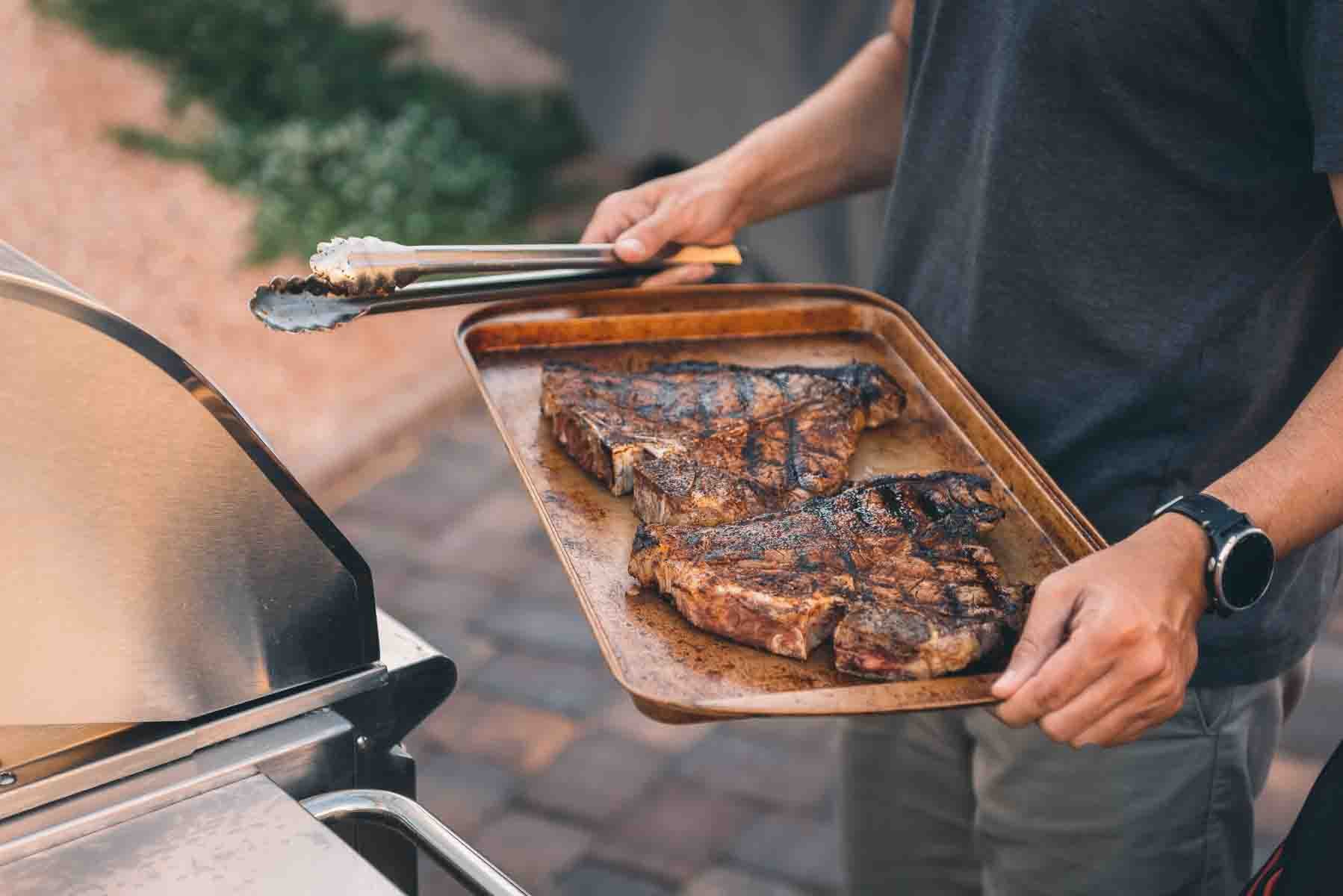
Table of Contents
Tl;DR Summary
- USDA grades beef to ensure quality consistency: Prime is the highest grade with heavy marbling, then Choice, then Select.
- Higher grades have more marbling, come from younger cattle, and are more tender and juicy.
- Check labels for grade to determine quality, tenderness, and flavor. Pick the grade based on your budget, cooking method, and taste.
When you’re digging into a tasty meal, whether you’re looking for the best steak to grill or what is the best cut for roasting, the meat you pick is a game-changer for how your dish tastes and how tender it is when you’re chewing. And, understanding the difference in the quality of USDA grades of meat is useful for helping you pick the best choice for your recipes and budget before you even begin cooking.
That’s where the USDA meat grades step in—a system created to evaluate and let you know how good your meat is. You see words like USDA Prime and USDA Choice on meat labels and in the weekly circular when looking at what’s on sale. But let’s break down what all of that means.
USDA stands for the United States Department of Agriculture, the government agency known for managing food and agriculture. The USDA assigns certain food-grade labels, such as beef quality grades.
USDA meat grades, like Prime, Choice, and Select, categorize meat based on different factors.
In a nutshell, Prime beef is the highest grade of beef with this standard, known for its abundant marbling that guarantees maximum tenderness and flavor. On the other hand, Select beef and Choice beef grades provide a variety of options to suit different preferences.
The reason we have these various beef grades is to make sure the quality is always consistent with what you’re paying for. Knowing about each gives you the power to make smart choices, whether you’re shopping for meat at your local grocery store or talking to your neighborhood butcher.
Whether you prefer the richness of Prime cuts or the balanced options of Choice, the grading system is like a helpful guide to make sure you get the best meat for what you like. So, when you go out to buy meat next time, think of USDA grades like a trusty compass helping you find a better dining experience.


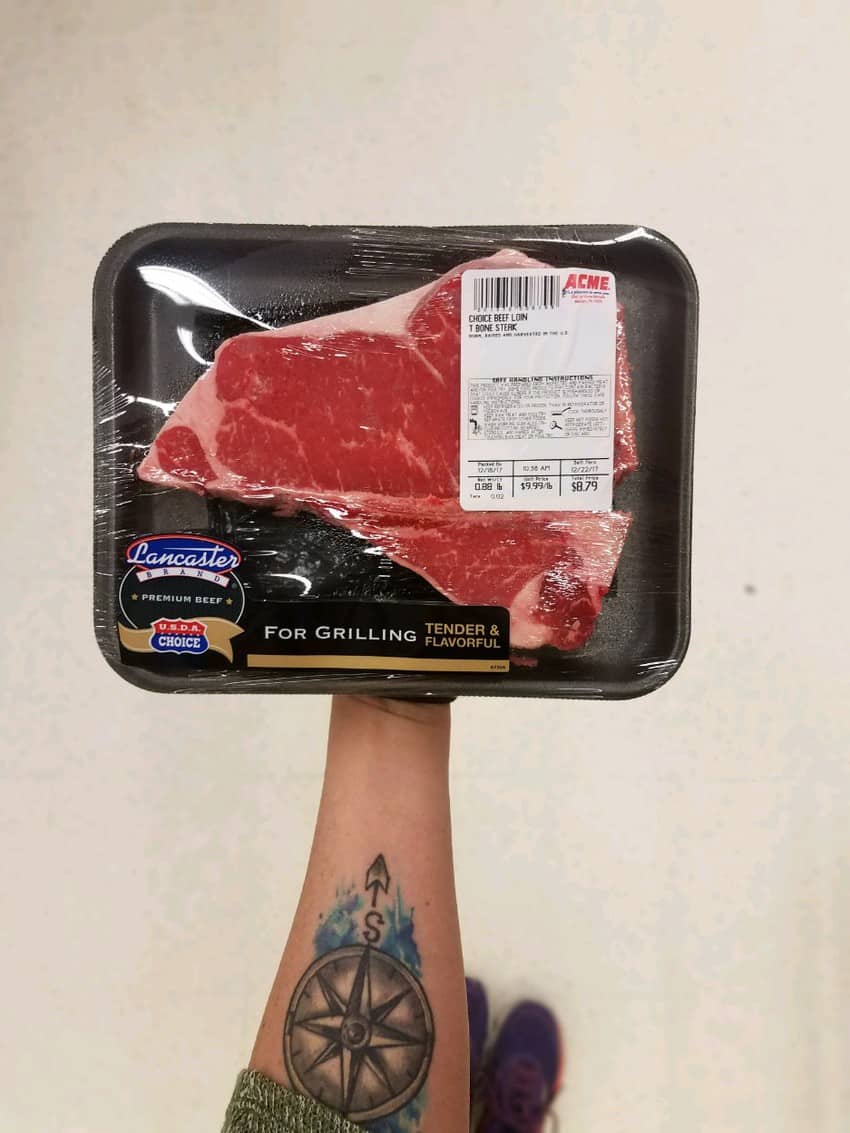
Understanding USDA Meat Grades
Definition and Purpose of USDA Meat Grades
When it comes to selecting the perfect cut of meat, besides knowing what type of steak you may want to cook, understanding USDA meat grades is essential. The USDA uses a grading system to categorize beef based on various factors, ensuring consumers receive a product of consistent quality.
The grades of beef you will see at your local market are Prime, Choice, and Select. There are also other grades that often go into making ground beef. The main purpose of these labels is to provide transparency and quality assurance to you, the consumer.
What are the Different USDA Meat Grades
- USDA Prime Grade: Prime grade beef is the highest quality of meat, the best you can get at regular markets. It will have the most fat marbling, the white lines through the meat making it extra tender and tasty. But, it’s a bit on the pricey side, mostly found in high-end restaurants, when you order from specialty butcher shops online or right from the meat counter. We occasionally see Prime grade steaks or roasts at the meat counter, particularly around the holidays. And, sometimes, they are right next to Choice grade steaks of the same cut, so you can look and compare the difference.
- USDA Choice Grade: Choice grade beef is the next best thing; it’s high quality but not as heavily marbled as Prime but still really good. Choice cuts have less marbling, making them a bit more affordable but still flavorful and tender. Break down the nitty gritty of prime vs choice, two of the most common grades at the market when buying steaks.
- USDA Select Grade: Select grade meat is for those who love lean cuts of beef, with even less amount of marbling. Cuts labeled Select might not be as well-marbled as the Prime grade cuts and may be a little tougher.
- Standard and Commercial Grades of Beef: These lower grades are like the supporting actors, not the stars, but it’s still important that we use as much of the animal as we can. Anything with this grade is used more in ground beef or processed meats.
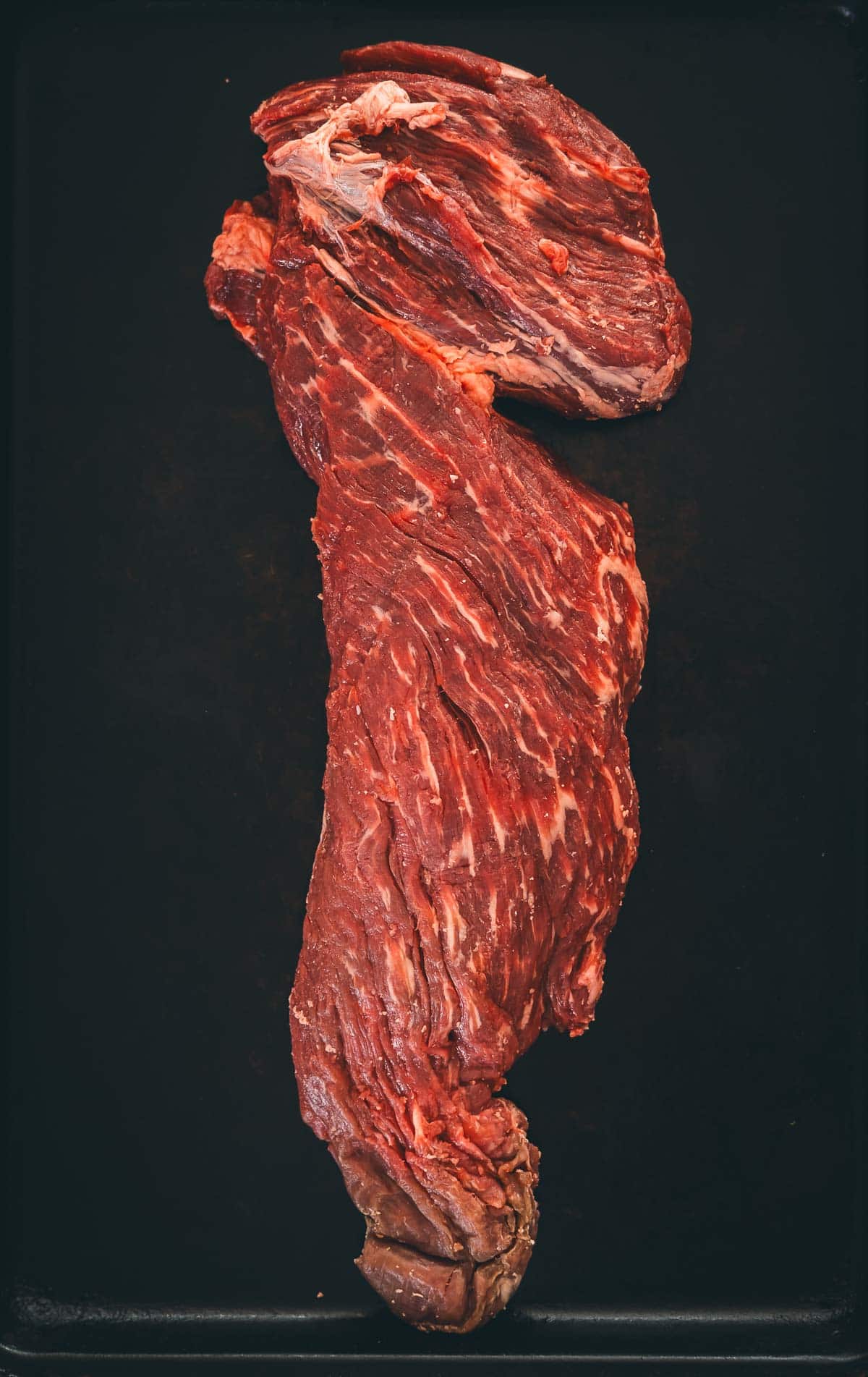
Factors Affecting USDA Beef Grades
Marbling
Marbling is like tiny bits of intramuscular fat mixed in with lean meat. When people check the quality of beef, they look at how much marbling it has in the ribeye muscle between the 12th and 13th ribs. The more marbling, the better the grade of meat.
Maturity of Meat
The age of the animal greatly impacts meat quality and tenderness. The USDA’s standards for maturity, including bone ossification, contribute to the final grade assigned.
When we talk about the maturity of beef, the USDA is looking at how the cow’s body has developed. There are different grades like A, B, C, D, and E to tell as part of their guidelines about this.
Specifically, one of the things they look at is some parts of the backbone of the cow, like the sacral and lumbar vertebrae, and something called buttons on the back. These parts have cartilage that changes as the cow gets older. The cartilage turns into bone, and the color and texture of the meat change, too. This process is known as bone ossification.
The process starts at the back and moves to the front, like a timeline. Even young cows have some changes in the back part. The USDA measures how much the cartilage has turned into bone in the buttons to know if the cow is A, B, C, D, or E grade. The more the change, the higher the grade.
Other Factors
Beyond marbling and maturity, factors such as color, texture, firmness, and fat distribution also play a role in determining the overall grade. The USDA emphasizes the importance of consistency across these grading factors.
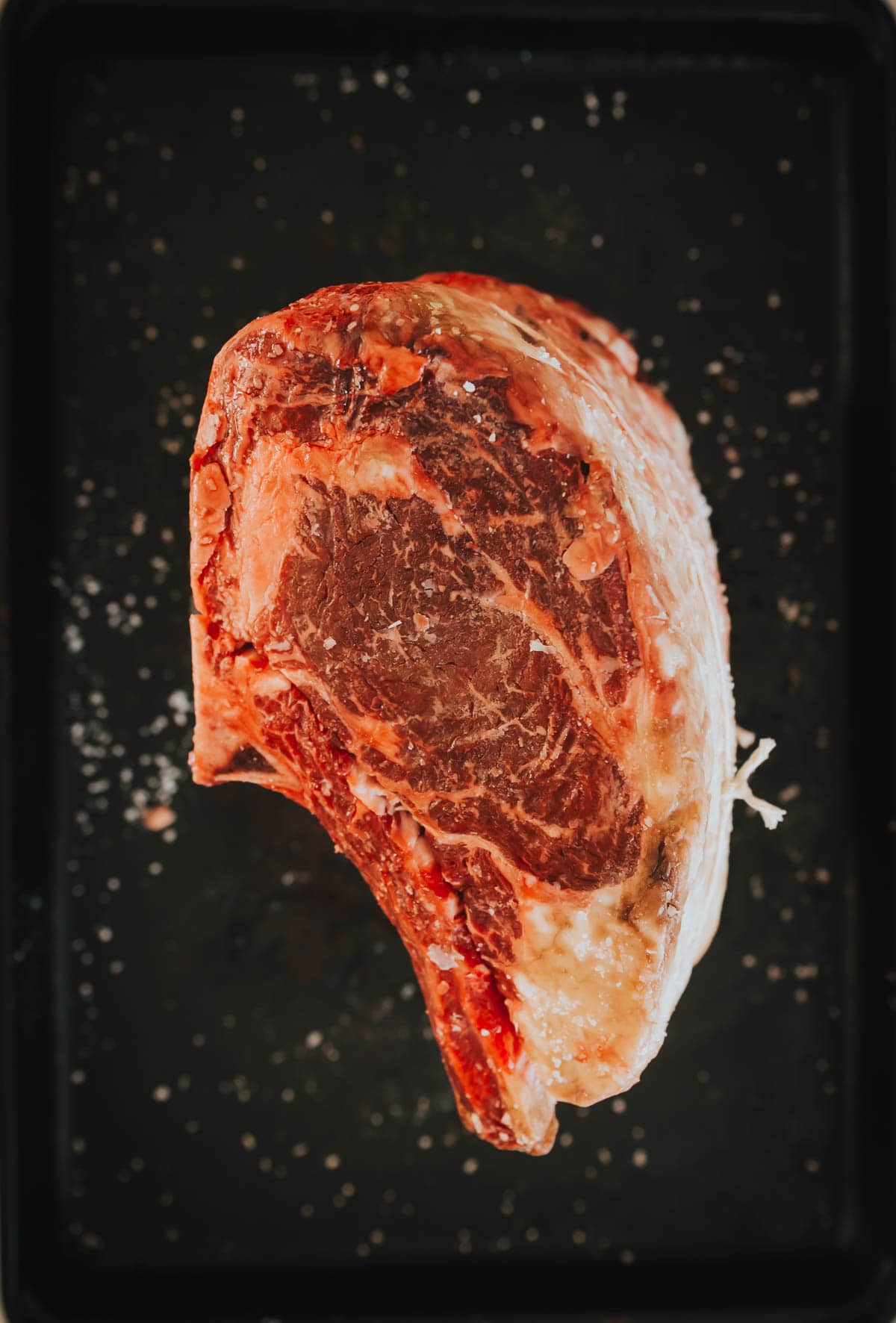
How USDA Grades Help Consumers
Ensuring Consistent Quality
USDA Official Grade Standards are like a quality ruler for meat. They help people know they’re getting quality cuts by setting standards that every grade has to meet. This way, you can be sure that the meat you buy is tender and of good quality because it follows these rules.
Transparency and Informed Choices
USDA meat grades help consumers to make informed choices based on their preferences and budget. By understanding these grades, consumers can confidently navigate the options available, whether at the grocery store or a restaurant.
Girl Carnivore Expert Tip
When looking at the sales flyers for your local market, check the grade of the meat that’s on sale. Sometimes, the bargain isn’t always as good as it looks. We spotted Select on sale for more than Choice this year when scanning the weekly circulars. You can also find great deals when buying meat online or from your local butcher, so don’t forget to check there, too!
The Best Steak Recipes
Beef Recipes
Perfect Pan Seared Ribeye
Beef Recipes
Steak au Poivre
Dinner Recipes
Grilled T-Bone Steaks with Thyme Mushrooms
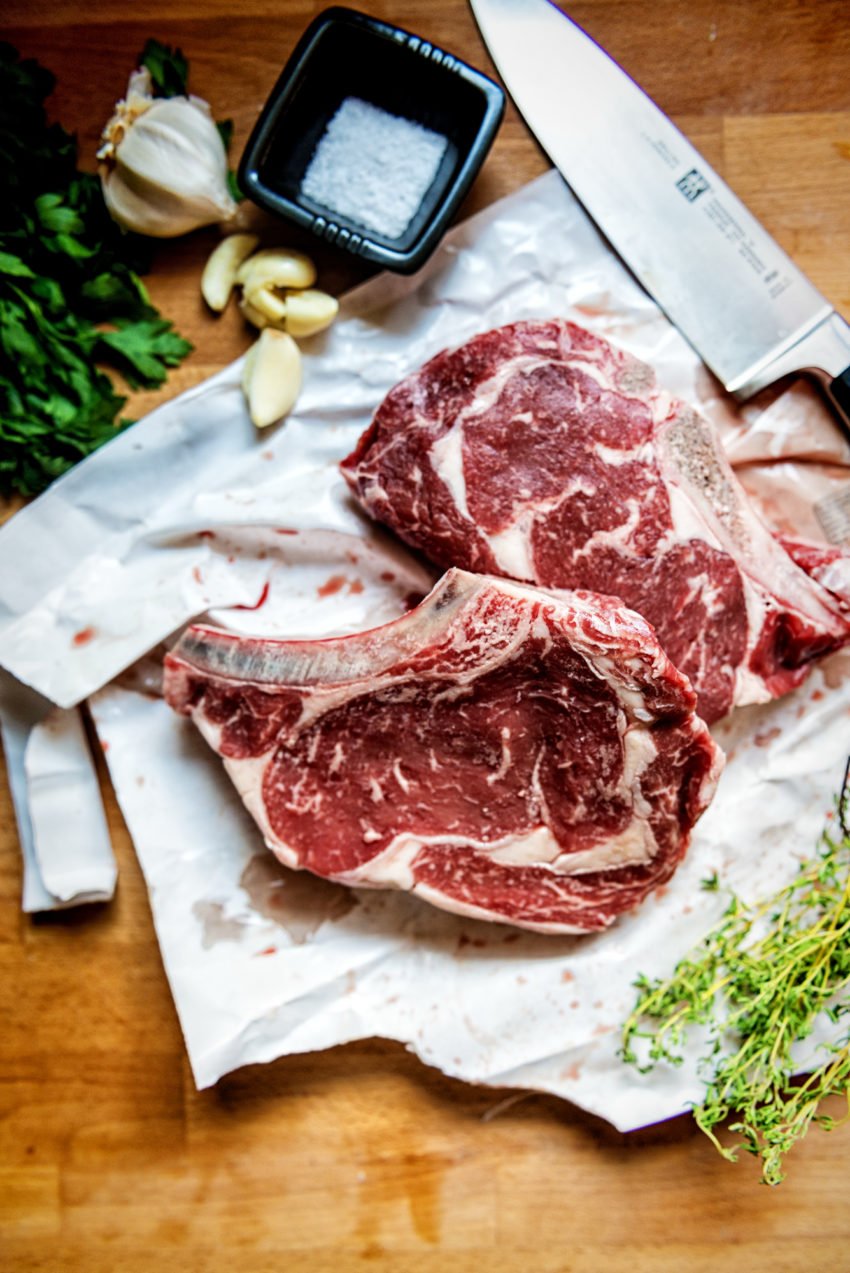
Common Misconceptions about USDA Meat Grades
All USDA Grades Are Equally Good
While all USDA grades meet quality and safety standards, significant differences in tenderness and marbling exist among grades. Consumers should be aware of these distinctions to align their choices with personal preferences.
Higher Grades Always Indicate Better beef
Although a Prime grade steak should, in theory, taste better than Choice, we’ve had our share of outliers, so we don’t use the grade as our only indicator when buying meat. Look at the fat, the marbling, and the color yourself when making your buying choices.
Taste preferences are subjective, and higher grades may not necessarily suit everyone’s palate. And the diet of the animal will also impart a different flavor. Grass-finished beef tasted different than grain-finished beef. Individual flavor preferences should guide choices, regardless of the assigned grade.
Lower Grades Are Inferior
Lower grades can still offer satisfying flavor and tenderness, depending on cooking methods and personal preferences. We particularly love these when braising low and slow, in soups, stews, making sauces, or anything where the beef isn’t being grilled and sliced as the main centerpiece. Understanding the different cooking methods, like sous vide cooking, and knowing the best internal steak temperature can help you prepare lower grades of beef in restaurant-quality style.
More Helpful Guides
Knowing about USDA meat grades helps you make smart choices when buying meat, ensuring it’s good quality and makes you happy. When you learn about the different grades and ask for advice from trustworthy sources, you can enjoy eating beef that fits what you like and care about.

